Cable network digitization ordinance gets Cabinet's green signal; Industry welcomes the move
The ordinance which seeks to amend Section 4A of the Cable Television Networks (Regulation) Act 1995 in a bid to bring in complete digitization to the television and broadcast industry, has now been forward the approved ordinance to President Pratibha Patil for consideration.
Addressing to the media after the cabinet meeting held today, I&B Minister, Ambika Soni said, "Cable operators will have to abandon analog in the four metros by March 31, 2012. Cities with a population of one million would be covered by March 31, 2013. All urban areas would be covered by September 30, 2014. The entire country will be covered by December 31, 2014."
Tarun Katial, CEO, Reliance Broadcast Network notes, "Digitization brings in fair reporting of subscriber base, leading to standard pricing and will help do away with local monopoly. It will also increase the subscription revenues for operators and reduce the carriage fee for broadcasters in a phased manner and should help margins in the long term."
Current capacity constraints in analog cable have led to stifling growth of new channels and introduction of technologically advanced content. The increased capacity of digital distribution will drive greater investments by broadcasters toward focused, targeted and HD content.
"The carriage costs paid by broadcasters, which, currently remain high in view of the limited bandwidth of analog cable would decrease post digitization. This would allow broadcasters, to make higher investments in programming & marketing thus improving the customer experience", marked Katiyal.
R.K Arora, CEO, Broadcasting, Bag films and media, on this development said, "The overall capacity for carrying the channel will increase so number of channels will go-up. Secondly, the broadcast quality will enhance as we will get digital quality and will be competing with DTH. Also, carriage fee fight for band positioning will be finished and only carriage cost will be borne by channel, in current we are paying for placement and carriage as well."
Calling this a revolutionizing move for the Cable TV industry, Sudhir Agarwal, CEO, Wire & Wireless (India) Limited , says " the entire Cable TV universe will be converted to digital home which will reduce under reporting and bring in transparency, resulting into boost in subscription revenue . Digitalization of existing cable infrastructure will augment the channel carrying capacity, offer better quality & will provide further scope for delivering various VAS such as MOD, Broadband etc for consumers."
Expecting a multi ' fold increase in subscriber number, Agarwal states that, "Such exponential growth in subscriber numbers requires huge infrastructure to serve them as well, for which WWIL is well positioned."
Harit Nagpal, CEO, Tata Sky said, "This development from the Cabinet Committee of Economic Affairs (CCEA) is very encouraging to us as DTH service providers. Digitization of Indian TV services will aid the organization of the Industry and result in clearer subscription figures for broadcasters. We would like to see digitization within the said time ' frame and feel that the acceptance of TRAI's recommendations on short term taxation relief for DTH operators would immensely boost this process."
Soumendu Das, Business Head, BVCL, is of the opinion that, "While the carriage fees in regional market is as good as 30% of year to year OPEX, this digitization of TV services shall bring down carriage fee. This money could be utilized in bettering the content." Elaborating further, he said, "Improvisation of content shall help the basic reason of broadcasting which is meant to give quality entertainment and news content to viewers; though implementation has to be time bound."
With the government's approval and complete digitization of TV transmission over a two-year period, more than 100 million homes in India which receive television programs via analog cable networks, will need to switch to digital set-top boxes beginning of March 2012.
Therefore, we believe that for broadcasters, the complete move to digitisation would mean a drop in the under-reporting of subscribers. This, in turn, will lead to an increase in subscription revenues of the channels and their networks. In the meantime, the high carriage costs paid to the distributors (because of limited analog bandwidth) can be reduced with digitisation. This will permit broadcasters to make advanced investments in programming and marketing, thereby enhancing customer experience. | By Ankita Tanna [ankita(at)adgully.com]





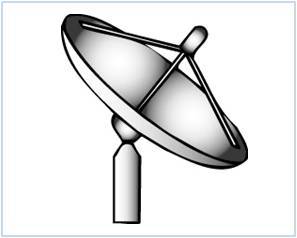
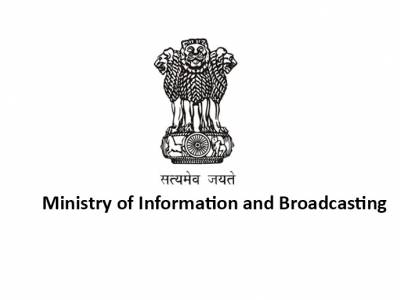
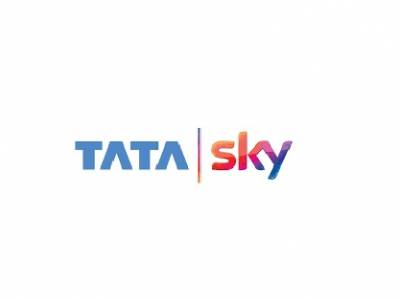
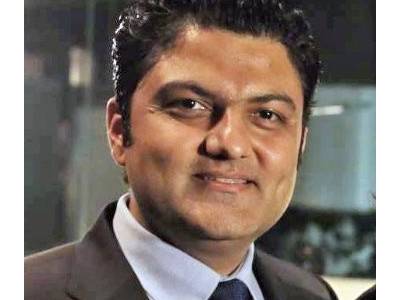
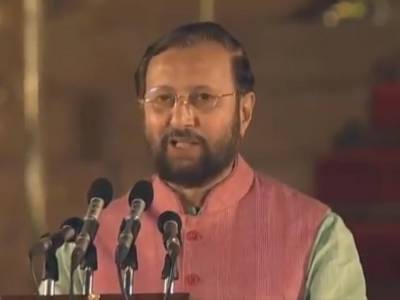
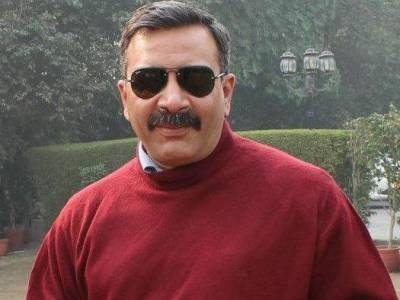
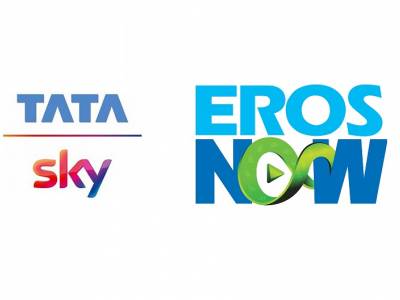

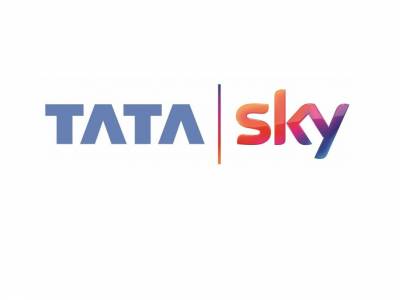
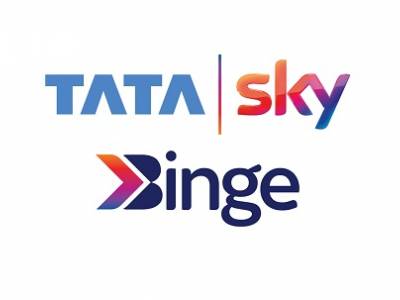





Share
Facebook
YouTube
Tweet
Twitter
LinkedIn